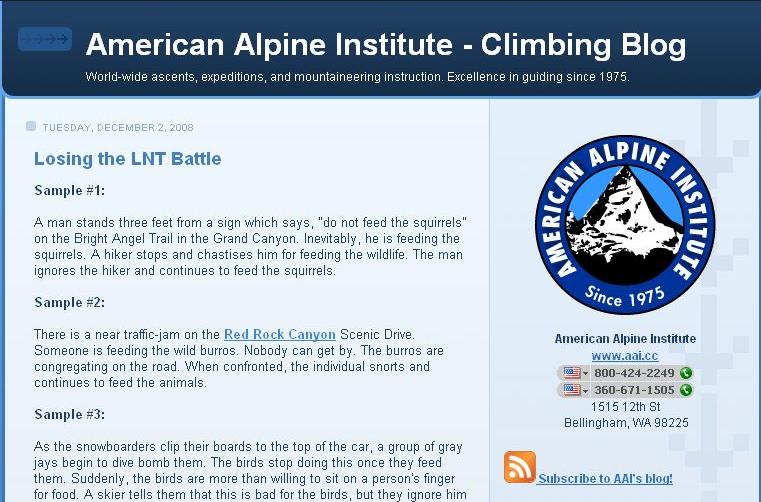A classic trek into the heart of the Khumbu

After the spectacular mountain flight to Lukla we climb slowly towards the famous mountain. We spend two days at the Khumjung Hotel beneath the holy mountain of Khumbila.
From our comfortable base we climb surrounding ridges as an aid to acclimatisation and to watch our first sunset on Mt Everest. We continue through Tengboche beneath an inspiring panorama of Himalayan peaks - Kwangde, Thamserku and ahead Lhotse, Nuptse and Everest. A dawn start from Lobuche sees us threading our way around glacial rubble to the kharka of Gorak Shep. The summit of Kala Pattar is soon reached and we can see the famous view of Mt Everest and Nuptse above the Khumbu glacier.

We have built in time to visit Everest Base Camp to complete the ultimate trekking experience. We return to Lukla by a different route through Pangboche for the flight back to Kathmandu. Our guides are from the village of Khumjung nestled beneath the sacred peak of Khumbila. Many have summitted Everest (at least once!) and all are experienced mountain guides who have accompanied many famous expeditions on 8000m peaks. By trekking with a local guide you will get a very special insight into the Himalayan environment and local culture. You will also be helping them to directly better their lives and support us in our assistance for the education of guides children.
'I cannot praise our Sirdar and guide enough, they were both excellent and made the trek a very special journey indeed. They were great hosts and we learnt a lot from them both. It was great to have such a knowledgeable and helpful Sirdar - he was excellent!! In addition, the flexibility of trek was very good, as a group we decided to fly back to Kathmandu one day early, and this was accommodated brilliantly! The guys really know what they are doing ' R Pitt' Both Kanchha and Maila were superb on all fronts, and always sincerely out to make sure we derived the maximum out of our trek. They're both extremely personable and can take 'stick' as well as dealing it out! They contributed significantly to the enjoyment of the trek. Drinking chang at Kanchha's house on the way back was representative of how hospitable they were, and was one of the highlights of the trek.' G Mills
Trek grade - moderate/demanding.
Maximum altitude - 4930m Lobuche, 5545m Kala Pattar
Accommodation - lodges on trek, 4 nights Hotel Yak and Yeti, Kathmandu. Full board on trek, breakfast only Kathmandu
Group size - minimum 2, maximum 12
Day 1 - Depart UK
Day 2 - Arr Kathmandu
Day 3 - Kathmandu sightseeing
Day 4 - fly to Lukla, trek to Monjo
Day 5 - Namche Bazaar
Day 6 - Namche/Khumjung
Day 7 - Khumjung
Day 8 - Tengboche
Day 9 - Dingboche
Day 10 - Dingboche
Day 11 - Lobuche
Day 12 - Ascend Kala Pattar/Gorak Shep
Day 13 - Visit Base Camp/Lobuche/Pheriche
Day 14 - Phortse
Day 15 - Khumjung
Day 16 - Phakding
Day 17 - Lukla
Day 18 - fly to Kathmandu
Day 19 - Kathmandu
Day 20 - Depart
Droga do Everest BC.
Mapka wyżej pokazuje szkic drogi prowadzącej do bazy pod Everestem. Jest to klasyczna droga, którą pokonuje każdy kto wybiera się na Everest, albo tylko do jego bazy. Drogę tę pokonują też wyprawy trekkingowe, które mają na celu zobaczenie Everestu z bardzo dobrego punktu widokowego jakim jest turnia Kala Patthar(5545m). Dziś już praktycznie wszyscy wybierają lot z Kathmandu do Lukla, a potem marsz do Everest BC. Droga ta jest właściwie drogą trekkingową, opiso już ją na blogu , wystarczy zobaczyć , jednak szlaki te nieco się różnią, ci co idą na Ama Dablam skręcają za Panghboche na prawo i opuszczają szlak everestowski, ci zaś co chca zobaczyć Everest BC idą dalej do Dingboche lub Pheriche. Przypomnę , że ci co wybierają sie przez Dingboche mogą zboczyć nieco ze szlaku by przed dotarciem do Lobuche "zajrzeć" do Chukhung, wydłuża to jednak marsz o kilka godzin. Wychodząc z Dingboche mija sie kamienne szałasy Bibre (4570m), dalej łagodnie w gore przez dolinę pokryta miejscami przez małe moreny, aż do szałasów i hotelików Chukhung (4730m). Tu warto zrobić małą przerwę w marszu z chwilka na odpoczynek, posiłek, wypicie cieplej herbaty. Następnie warto udać się w okolice pobliskie by zobaczyć wspaniałą południowa ścianę Lhotse, ale przede wszystkim miejsce upamiętniające tablica pamiątkową naszego wielkiego himalaiste - Jerzego Kukuczke. To właśnie by zobaczyć to miejsce warto odwiedzić okolice Chukhung.

Wracając na szlak do Lobuche, za Dingboch podąża on górą ponad Pheriche, trawersuje zbocza Poklade i dociera w okolice Tukla, na mapie Dughla (4620m). Idąc dalej szlak prowadzi morena czołową lodowca Khumbu, a idąc doliną, jej zachodnia strona dociera sie do Lobuche(4930m). Jest to najdalej wysunięta osada pasterska, położona wyżej niż szczyt Mt. Blanc. Na zdjęciu niżej hala z jakami na wysokości 4930m

Wychodząc z Lobuche po ok. 15 minutach mija sie włoskie laboratorium w kształcie piramidy, które dysponuje częścią hotelowa i restauracja włoska, to dla tych co nie chcieliby biwaku w Lobuche, uważanego zresztą za bardzo zimne miejsce.
Potem przekracza sie języki boczne lodowca Changri, częściowo pokrytego gruzem morenowym. Dalej trzeba sie wspiąć na morenę po jej północnej stronie i od razu widzi sie łatwo dostępną turnie Kala Pattar (5545m). Należy zejść poniżej na rozległy plaski teren Gorak Shep (5160m), który jest dnem wyschniętego jeziorka.
Wspinając sie na Kala Pattar można zobaczyć wspaniale widoki: Everestu, Lhotse, Nuptse. Jest to "prawdziwy taras widokowy", ale też część drogi dla wspinających sie na pobliski szczyt Pumori (7145m).
Na zdjęciu widok z Gorah Shep na Kala Patar, a w tle Pumori.
Wejście na Kala Pattar i podziwianie Everestu jest czasami takim "prawdziwym celem" wypraw, wszystkich tych co chcą zobaczyć najwyższą gore świata z bardzo bliska i "mieć ja na wyciągniecie reki", pamiętać bowiem należy,że samego wierzchołka Everestu nie zobaczymy będąc w bazie Everestu. Po zobaczeniu tych wszystkich pięknych widoków schodzi sie na nocleg w Gorak Shep, by następnego dnia odwiedzić bazę wypraw everestowskich -czyli Everest BC, sama zaś baza wypraw everestowskich wygląda tak...
w bazie zwykle jest kilka wypraw i wiele kolorowych namiotów oraz stupa , którą pokazuje zdjęcie niżej..
Droga powrotna wiedzie szlakiem jak na mapie, jednak dla urozmaicenia wrażeń można wybrać drogę przez przełęcz Cho La, co pozwala na zobaczenie Everestu z innej, równie pięknej perspektywy. Wiele zdjęć zobaczyć można w albumach , wystarczy kliknąć na link :
http://picasaweb.google.com/himalman




























































